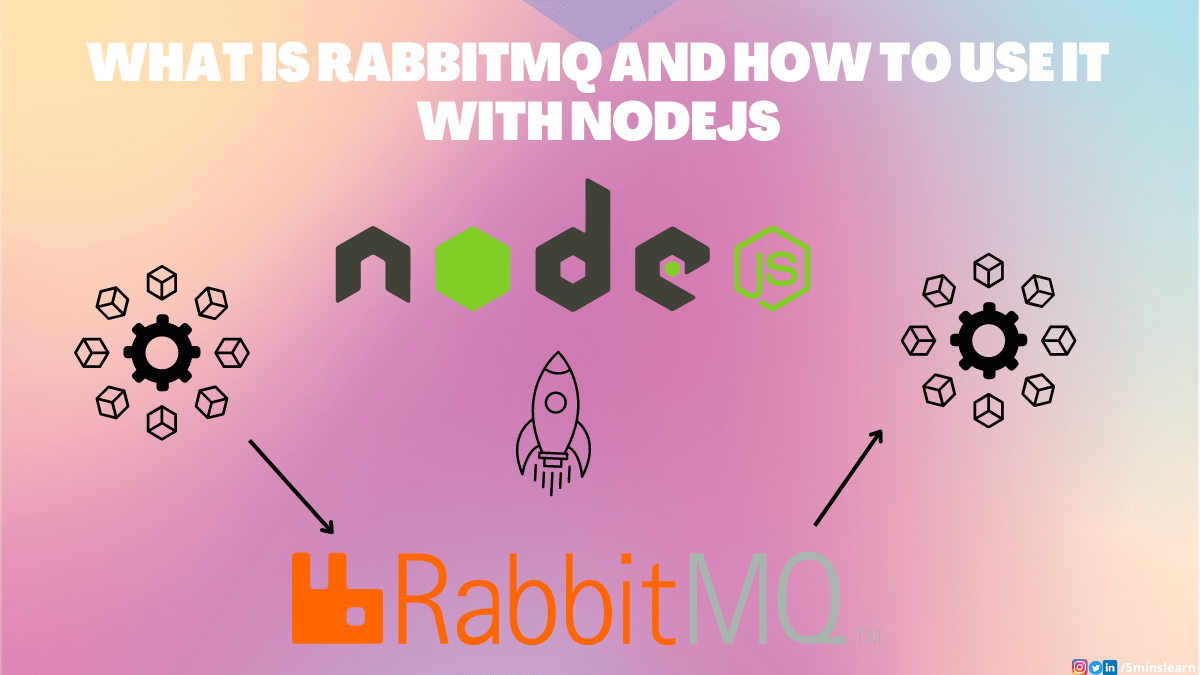Enhancing RabbitMQ Security With Let's Encrypt: A Comprehensive Guide
In the era of digital communication, ensuring the security of message brokers like RabbitMQ is paramount. RabbitMQ, a robust message broker, allows applications to communicate with each other seamlessly. However, without proper security measures, sensitive data can be vulnerable to interception. This is where Let's Encrypt comes into play, offering a straightforward solution to secure RabbitMQ with SSL/TLS certificates. In this guide, we will explore how to implement Let's Encrypt with RabbitMQ, ensuring that your messaging infrastructure is both efficient and secure.
Modern applications often rely on message brokers to handle asynchronous communication between different services. RabbitMQ is a popular choice due to its flexibility and performance. However, as the number of cyber threats continues to rise, securing the data transmitted through RabbitMQ has never been more critical. Let's Encrypt provides a free, automated way to obtain SSL/TLS certificates, allowing you to encrypt traffic between your RabbitMQ server and clients. This guide will walk you through the steps to integrate Let's Encrypt with RabbitMQ effectively.
Throughout this article, we will delve into the benefits of using Let's Encrypt, the prerequisites for installation, and a step-by-step guide to configuring RabbitMQ with SSL/TLS. We will also discuss common challenges and best practices to ensure a smooth implementation. By the end of this guide, you'll have the knowledge necessary to enhance your RabbitMQ security with Let's Encrypt.
Table of Contents
- 1. Benefits of Using Let's Encrypt with RabbitMQ
- 2. Prerequisites for Installation
- 3. Step-by-Step Installation Guide
- 4. Common Issues and Troubleshooting
- 5. Best Practices for RabbitMQ Security
- 6. Conclusion
1. Benefits of Using Let's Encrypt with RabbitMQ
Integrating Let's Encrypt with RabbitMQ provides several advantages that enhance both security and performance. Here are some key benefits:
- Cost-Effective: Let's Encrypt offers free SSL/TLS certificates, making it an economical choice for securing RabbitMQ.
- Automated Certificate Renewal: Let's Encrypt simplifies the renewal process, allowing certificates to be automatically renewed every 90 days.
- Enhanced Security: Using SSL/TLS encrypts data transmitted between clients and the RabbitMQ server, protecting it from eavesdropping and man-in-the-middle attacks.
- Improved Trust: SSL/TLS certificates help establish trust between clients and the server, which is vital for applications handling sensitive information.
2. Prerequisites for Installation
Before diving into the installation process, ensure you have the following prerequisites in place:
- A running instance of RabbitMQ.
- Access to the server to install the Let's Encrypt client.
- A registered domain name pointing to your RabbitMQ server's IP address.
- Basic knowledge of command-line operations.
3. Step-by-Step Installation Guide
Now that we have the prerequisites sorted, let's walk through the installation process. This section is divided into two main steps: obtaining Let's Encrypt certificates and configuring RabbitMQ for SSL/TLS.
3.1 Obtaining Let's Encrypt Certificates
To obtain SSL/TLS certificates from Let's Encrypt, follow these steps:
- Install the Certbot client on your server. Certbot is the recommended client for interacting with Let's Encrypt.
- Run the following command to obtain a certificate:
- Follow the prompts to complete the certificate request.
- Once the process is complete, your certificates will be stored in the following directory: /etc/letsencrypt/live/yourdomain.com/
sudo certbot certonly --standalone -d yourdomain.com
3.2 Configuring RabbitMQ for SSL/TLS
After obtaining the certificates, the next step is to configure RabbitMQ to use them:
- Edit the RabbitMQ configuration file, typically located at /etc/rabbitmq/rabbitmq.conf.
- Add the following lines to enable SSL:
- Save the configuration file and restart RabbitMQ:
listeners.ssl.default = 5671 listeners.ssl.default = 0.0.0.0:5671 ssl_options.cacertfile = /etc/letsencrypt/live/yourdomain.com/fullchain.pem ssl_options.certfile = /etc/letsencrypt/live/yourdomain.com/cert.pem ssl_options.keyfile = /etc/letsencrypt/live/yourdomain.com/privkey.pem
sudo systemctl restart rabbitmq-server
4. Common Issues and Troubleshooting
While integrating Let's Encrypt with RabbitMQ, you may encounter some common issues. Here are solutions to troubleshoot them:
- Certificate Renewal Failures: Ensure that the Certbot client is correctly configured to automate the renewal process. Set up a cron job to handle this.
- Connection Refused Errors: Verify that RabbitMQ is listening on the correct port (5671) and that your firewall allows traffic through this port.
- SSL Handshake Failures: Check the RabbitMQ logs for SSL-related errors and ensure the correct certificates are specified in the configuration.
5. Best Practices for RabbitMQ Security
To ensure the highest level of security for your RabbitMQ setup, consider implementing these best practices:
- Regularly Update RabbitMQ: Keep your RabbitMQ installation up to date to benefit from the latest security patches.
- Use Strong Authentication: Implement strong user authentication mechanisms, such as OAuth or JWT, to secure access to RabbitMQ.
- Monitor Logs: Regularly monitor RabbitMQ logs for any suspicious activity or access attempts.
- Implement Network Security: Utilize firewalls and VPNs to restrict access to RabbitMQ from untrusted networks.
6. Conclusion
Securing RabbitMQ with Let's Encrypt is a crucial step in safeguarding your messaging infrastructure. By following the steps outlined in this guide, you can enhance the security of your data transmission and protect your applications from potential threats. Don't wait until it's too late—take action today to secure your RabbitMQ setup with Let's Encrypt.
We encourage you to leave comments, share this article, and explore more resources on our site to further enhance your knowledge about RabbitMQ and security best practices.
Thank you for reading, and we look forward to seeing you back on our site for more insightful articles!
Mothers Warmth Jackerman: Unveiling The Heartfelt Journey Of A Remarkable Woman
Exploring Camilla Aroujo's Journey On OnlyFans: A Comprehensive Overview
Mai Linh Lofgren: A Multifaceted Journey In Art And Leadership


